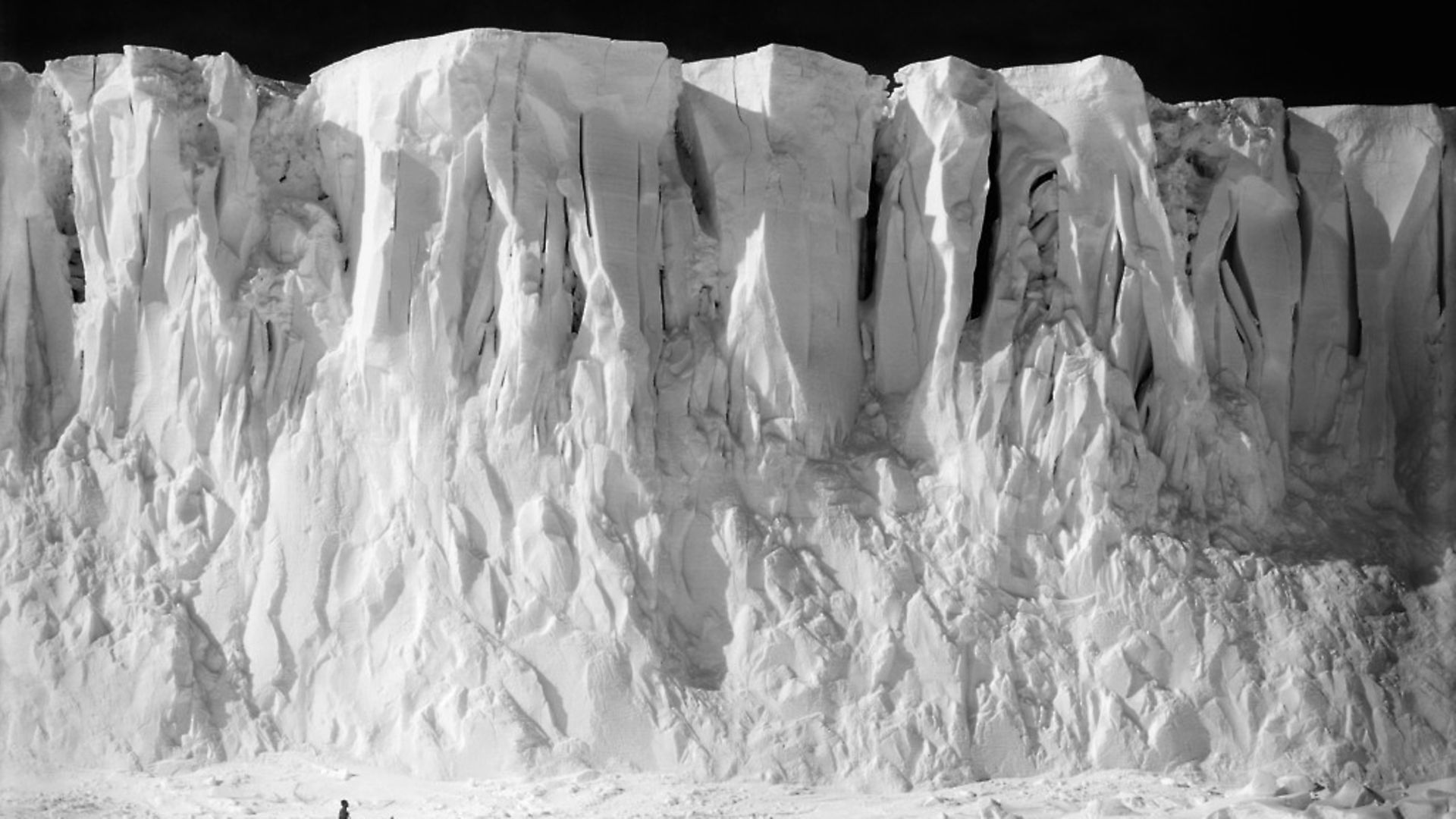
Captain Scott’s last Antarctic expedition has long been overshadowed by its fateful end. But, says MICK O’HARE, we should also remember his team’s revolutionary research, which changed the way we understood the world and is assisting scientists to this day.
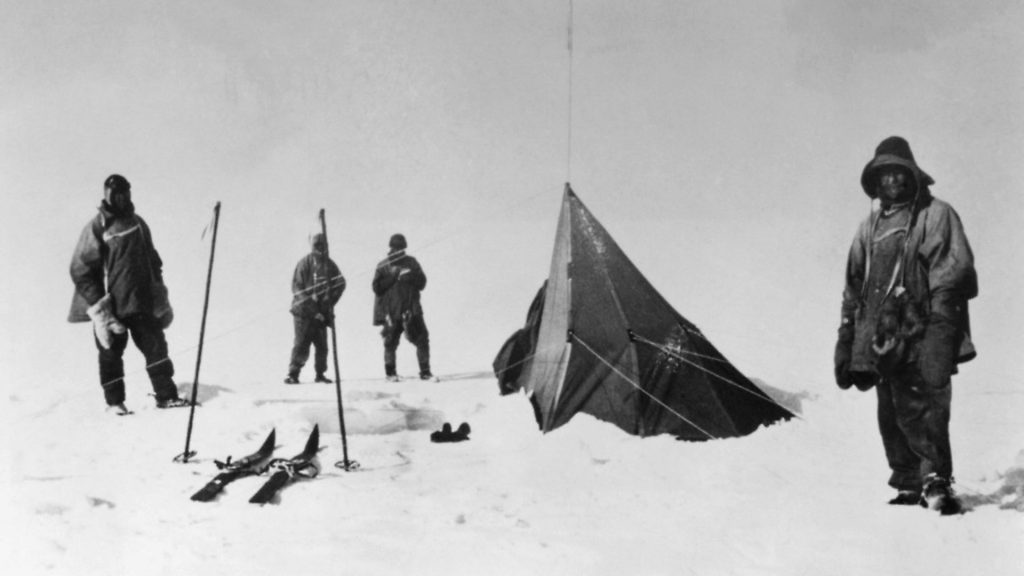
‘Had we lived, I should have had a tale to tell of the hardihood, endurance, and courage of my companions which would have stirred the heart of every Englishman. These rough notes and our dead bodies must tell the tale.’
These were the last words written by Robert Falcon Scott in March 1912, hours before he and his compatriots perished on their return journey from the South Pole.
At the time, the account of Scott and his four companions, in their desperate bid to be first people to the pole, stood as testament to the derring-do and heroism of the empire – glorious failure forged amid adversity and an endorsement of the indomitable British spirit. And while there have since been multiple historical revisions of this premise, with Scott’s reputation swinging back and forth between incompetent, unlucky and, once again, exemplar, this is the narrative we all know, the one that has passed into legend – Scott as a totem, hero to a nation and emblematic adjunct to British imperialism.
But there is a another story behind the headlines. When the polar party’s bodies were discovered in their tent the following spring, 16 kilograms of geological specimens were found on their sledges. Essentially the team had been lugging rocks on their return journey from the pole, rocks that undoubtedly slowed them down and would see them die only 18 kilometres from a food and fuel depot, and safety.
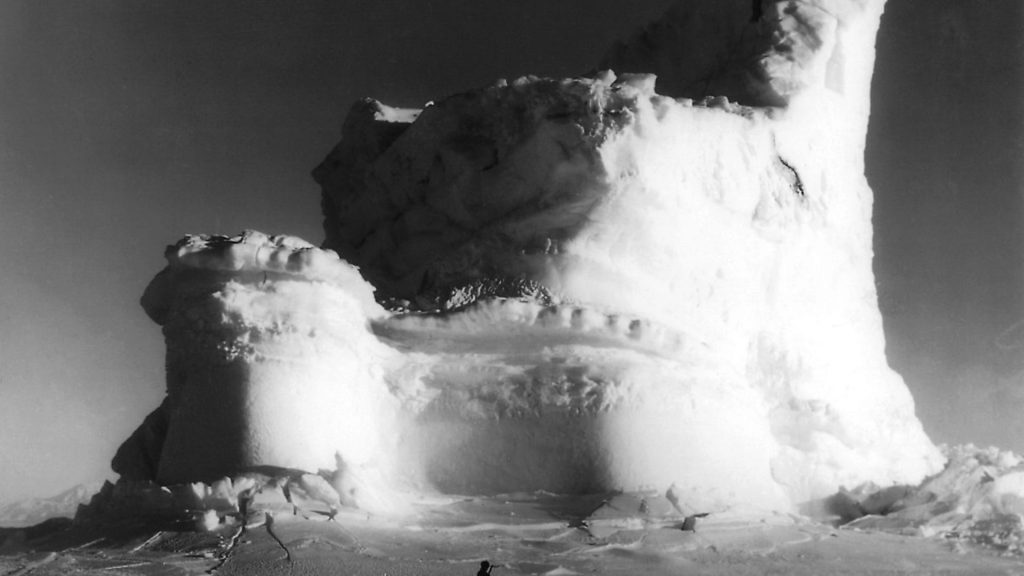
Why would they risk their lives over pieces of rock? The polar voyage had two aims. And while the first – reaching the pole before anybody else – stirred the popular imagination, the second is not so widely known. Scott’s expedition was also in Antarctica to study the science of the continent – somewhere humans had hardly ever ventured before.
His team consisted of numerous specialists including three geologists, three biologists, a meteorologist and a physicist. And while he treated reaching the pole as an equal priority – it was vital to raise funding back in Britain for what the public perceived as an heroic imperial imperative, to plant the union flag at the southernmost point of the Earth – the focus of the first part of the mission was science.
The explorers would need to overwinter on Antarctica to prepare for the assault on the pole, meaning almost an entire year could be devoted to studying the continent – its fauna, geology and meteorology. In fact, scientific research was the main priority until Scott learned in Australia, en route to Antarctica, that his Norwegian rival, Roald Amundsen, was also heading south. Amundsen had led Scott and the media into believing he was aiming for the north pole but at the last moment changed his focus. Moreover, in his southwards quest the Norwegian was unencumbered by the scientific work which Scott had set for himself. Amundsen’s focus was solely on reaching the pole. Both arrived in Antarctica in January 1911 and the race was on.
But before Scott could leave for the pole the following spring, months of preparation – laying out supplies on the route south and, crucially, scientific study – lay ahead. There were 12 scientists in total (plus many others assigned help the researchers), a large number and ‘as impressive a group of scientists as had ever been on a polar expedition’ according to biographer David Crane.
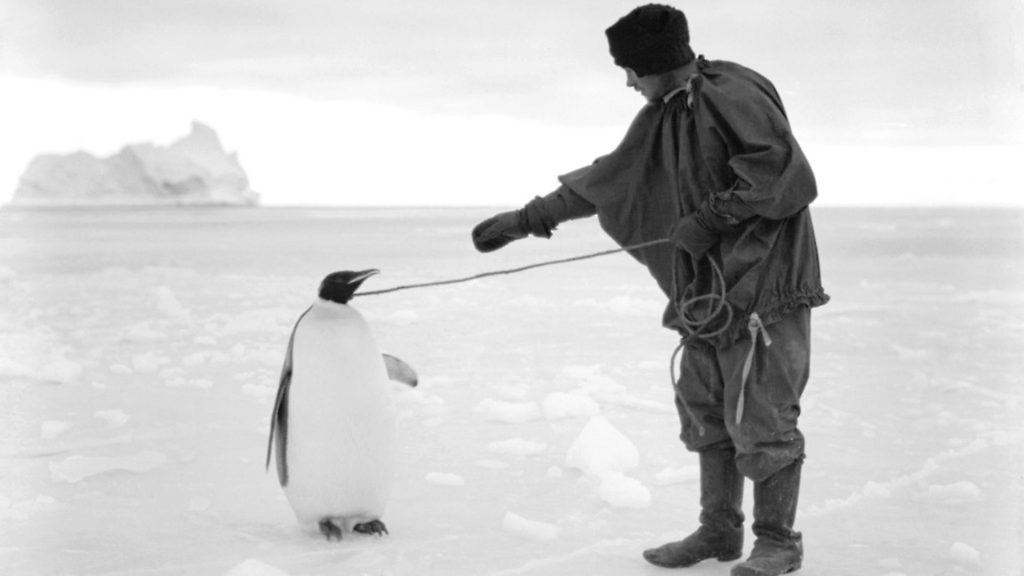
Scott would get things wrong on his mission, but he did not fail science. He rose to the challenge first laid down by the International Geographical Congress in 1895, which described the Antarctic as ‘the greatest piece of geographical exploration still to be undertaken’.
The expedition would eventually return to Britain without its leader and four other men, but with more than 2,000 animal specimens (a fifth of which had never been recorded before), vast quantities of rocks and fossils – allowing geologists to understand the make-up and early formation of the Antarctic continent – and huge amounts of meteorological data, offering detailed knowledge of weather in the southern hemisphere and its effect on the Earth’s climate. The team also studied Antarctic glaciology, leading to the first understanding of glaciers outside those studied in Europe’s temperate climate. The scientific findings alone filled 25 published volumes.
Some of the discoveries changed our knowledge of biology. Among them were the first penguin eggs brought undamaged back to Europe. At the time, biologists believed that emperor penguins were the most primitive birds on the planet and that by collecting their eggs and studying the embryos a link could be made from birds back to dinosaurs.
But to collect them, Edward Wilson, the expedition’s chief scientist, Henry ‘Birdie’ Bowers (both of whom would die in the tent with Scott) and zoologist Apsley Cherry-Garrard had to set out in the permanent night of midwinter to visit a penguin colony at Cape Crozier, which had been discovered on an earlier mission.

It took them five weeks, in temperatures of minus 60 degrees centigrade, travelling sometimes only a mile a day in knee-deep snow. The lost their tent in a blizzard and their sleeping bags froze. It was so cold their teeth cracked and the water on the surface of their eyes froze – an astonishing trek later chronicled in Cherry-Garrard’s book The Worst Journey in the World – but they got their specimens; eggs from birds that because of the permanent ice on the Antarctic continent would normally never touch land. The dinosaur theory was later disproved following studies on the eggs, but they remain in Britain’s Natural History Museum archive, one of its most revered treasures.
And there was more. One of the geological specimens found in Scott’s tent was probably the prize discovery of the trip – and one that the polar party, low on food, had made a detour to collect, despite their perilous predicament.
Although its weight conceivably contributed to the party’s ultimate fate, the fossil was of a fernlike plant, Glossopteris, which would later prove that the climate of the Permian period, whose rocks in which it was found, had been mild enough to support trees.
The same plant can be found in Oceania, Africa and South America and led to the theory that around 250 million years ago Antarctica had been joined to other land masses in a supercontinent.
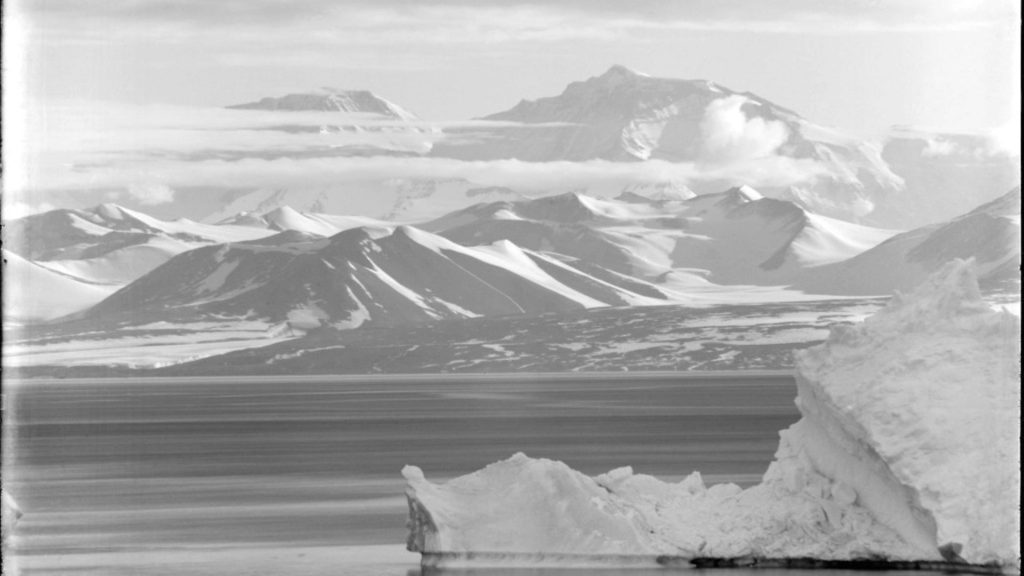
That ancient continent is now known as Gondwana and our modern understanding of plate tectonics has proved the theory correct. Without Scott’s scientific knowledge the discovery might not have taken place until decades later. Edward Wilson’s great nephew and polar historian David Wilson has said that it changed our geological understanding of the planet. Author and Antarctic anthologist Francis Spufford adds that in scientific terms ‘carrying the rocks was, perversely, among the most forward-looking things Scott ever did’.
He set a trend. Even now the internationally-recognised Antarctic Treaty designates the continent as a protected area for peaceful scientific research, much of it undertaken at the Scott-Amundsen station at the pole.
The team also recorded the first film footage of polar animals, including Weddell seals chewing holes in the ice with dog-like teeth to create breathing holes, and killer whales hunting in packs. Indeed, the footage almost cost photographer Herbert Ponting his life, as the creatures tried to wash him from the ice on which he was standing.
Alongside his evocative photographs of the mission, Ponting also took pictures of ice formation and terrain. Detailed maps and drawings, including birds and other animals, many by Wilson, are all part of the rich body of scientific work now housed in collections in Britain and elsewhere.
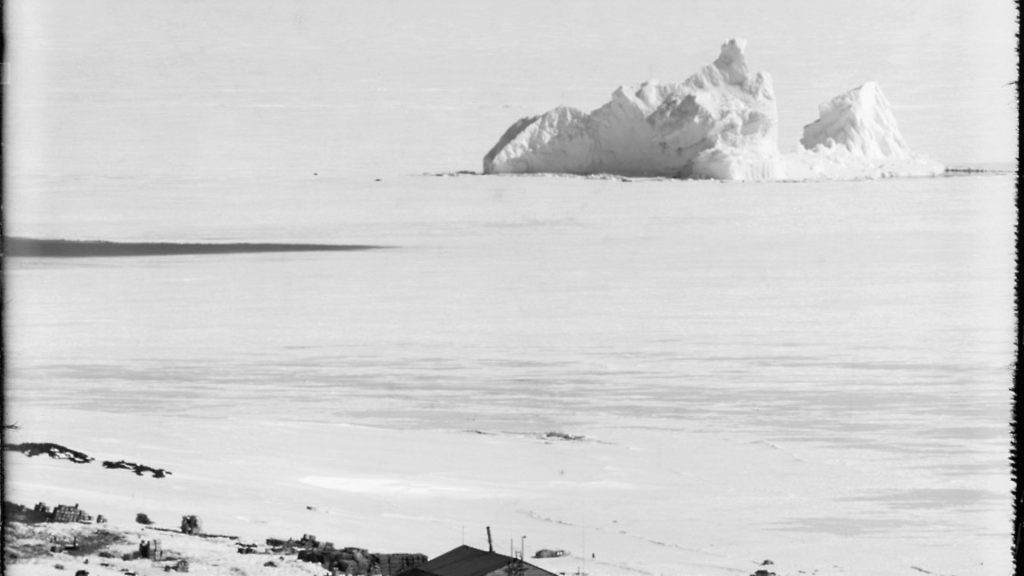
So much of what Scott and his team achieved has been overshadowed by the overriding narrative of the race to the pole and his death in the most horrendous conditions. Amundsen, of course – operating without the distraction of scientific research and with a more streamlined approach – beat Scott to the South Pole by 33 days, returning alive with his team. But this story should never mask the other focus of Scott’s mission – scientific study. And it is still assisting our discoveries today. In late 2018 it emerged that beneath the Antarctic ice sheets are rocks that document the destruction of Gondwana.
‘Their programme basically founded modern polar science,’ says David Wilson. ‘It provides the base line for almost every [polar] study.’ The work done by Scott’s meteorologist George Simpson provides the benchmark for current analyses of climate change in Antarctica and beyond. Penguin skins collected by the Crozier party are used as control specimens to see how modern pollutants are affecting Antarctica, and only recently three new species of fungus have been found in the huts and on the equipment used by the polar party.
Possibly the greatest legacy to emerge from the expedition was the formation in 1920 of the Scott Polar Research Institute in Cambridge, by geologists Frank Debenham and Raymond Priestley, both of whom accompanied Scott to Antarctica. The institute is both a museum and a research establishment, and houses the world’s most significant polar library.
Curator Heather Lane points out that even when Scott heard of Amundsen’s plans, he insisted the scientific programme should be maintained. She adds that Scott realised that it was ‘so important to stick to the idea of mapping and science and meteorological data all the way to the pole [because] that was going to be the long-term legacy’.
He was right. And while that legacy has been somewhat revitalised and renewed over the last couple of decades the expedition’s science has also stood the test of time. Scott’s failure to reach the pole first and his death on the return journey – however rousing the story – in no way diminishes its significance.
Warning: Illegal string offset 'link_id' in /mnt/storage/stage/www/wp-includes/bookmark.php on line 357
Notice: Trying to get property 'link_id' of non-object in /mnt/storage/stage/www/wp-includes/bookmark.php on line 37






